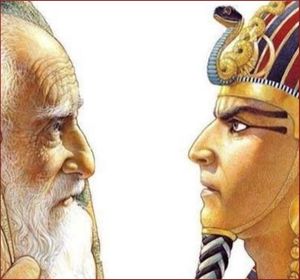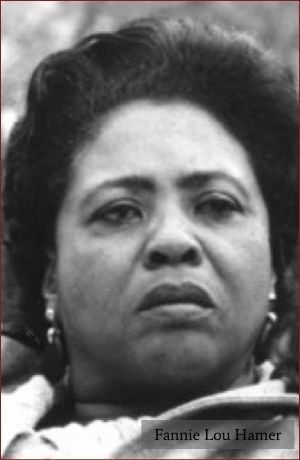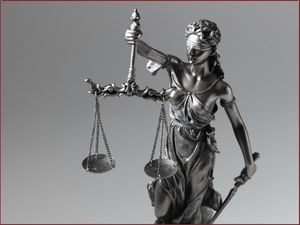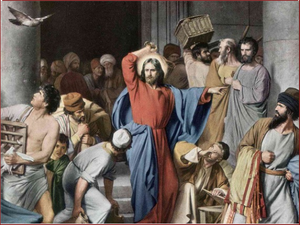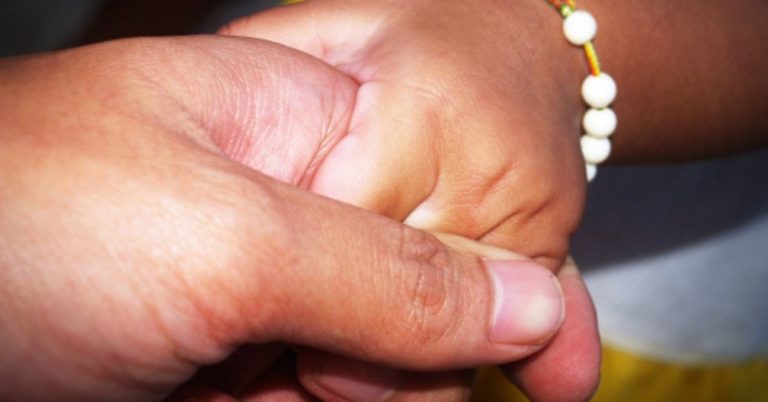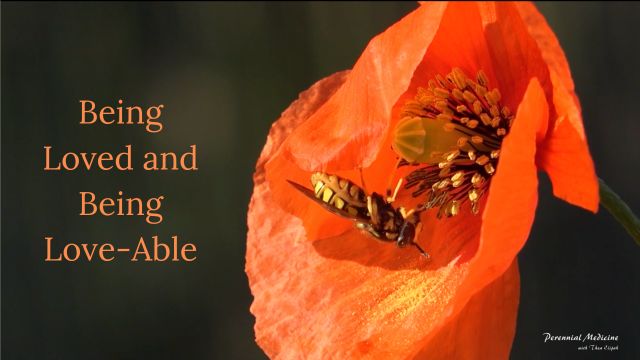Safety in Treating Anger
Safety in Treating Anger
What is healthy anger? It’s something that can get very politicized, very tangled into other agendas. I’m wanting to make it clear that being right and being healthy are two different things. You can be totally right, and having a stroke. You can be totally right, and acting out in ways that are very regrettable. You can be totally right and collapsed in a small heap on the floor. We are not discussing whether or not you are right. As healers, it’s not our job, actually, to discuss whether or not somebody is right about whatever they are right about. It’s important not to be crediting or discrediting a viewpoint based on how somebody is metabolizing their rage.
It’s very easy to be mistaken in our judgment around whether anger is appropriate or inappropriate when interacting with the anger of somebody who is living in a different demographic than you are. You really might not have any idea what is appropriate anger, if you are a white person treating an African-American—or if you are a man treating a woman—or if you are a cis-gendered woman treating a differently gendered person.
There are all kinds of places where we honestly may not be able to make that judgment call, and therefore, we need to step out of the judge box. We can just sit down beside the person, to ask not, “Is this healthy or unhealthy?” but “What is this anger healthier than?” and “What would be the next most healthy step for this anger process?”
This may be a different way of looking at things than we are used to. But the exact same anger, today, may be healthier than where we were with our anger yesterday, because the Wood element is a moving target. That’s the nature of Wood; it grows and changes and moves. This is the opposite of stagnation. What’s healthy today needs to become its own next step. We are always looking to get a sense of this person’s trajectory, because it’s not the same journey for everyone.
What is this anger healthier than? You might even want to try it on yourself at the moment. Feel for places in yourself where you might be angry, and before climbing up on top of it with judgment to decide whether it’s appropriate or inappropriate, healthy or unhealthy, yes no checkbox diagnosis… Feel for, “What is my anger healthier than?”
In the case of my current anger, it’s healthier than putting up with some really dumb shit. It’s healthier than curling up in a ball and letting them keep kicking. It’s healthier than being so scared that I run and can’t look at what’s going on. It’s healthier than writing sad songs for the whole rest of my life and not doing anything to make a change.
We can sometimes ask our clients, if it’s not obvious. It’s a really nice thing to ask an angry person, especially an angry person of a different demographic than your own: Tell me a little bit about what your anger is healthier than. What is this anger a next-step-up from? Is lifting us out of despair? Is it giving us courage? Is it affirming self-esteem to the point where we can get out of bed in the morning and even make ourself look nice?
We don’t know until we ask the person—and they may not know until we ask them—because we live in a fairly anger-shaming culture (although more so for some demographics than others). It’s always worth beginning the anger discussion by giving somebody a chance to feel for, “What is my anger healthier than,” and to mini-celebrate that as an accomplishment. It puts a piton in the cliff wall of your long rock climb. Okay, you made it this far, no small task.
Once we have a sense of what this anger is healthier than, we have a little bit of a trajectory. As a result, we have more capacity to feel for, “Okay, and what would the next step be for the evolution of this anger?” It’s an endless journey.
There’s something in Chinese medicine called the Confucian transformations of virtue, wherein each of the elements has an initial emotional disturbance that gets us on the road to somewhere even better than health. It’s called virtue. It’s not prissy. It’s sagely engagement with life, such that the ways in which life is really, really hard turn out to be worth it.
The virtue toward which anger is a journey is Ren. The character shows a person, and the number two.
To understand this, close one eye, and see what you see. Then, without moving your head, switch to the other eye.
Switch back and forth a couple of times, noticing the difference in the frame of the view. It is not a big difference—your eyes live pretty close together—but is different.
In East Asian medicine, one eye can see, but it takes two eyes to have vision. With two eyes, there is depth perception. There is perspective. The difference between what your left eye sees and what your right eye sees is different, for a very specific reason. Your left eye sees from where your left eye is located. Your right eye is seeing from where your right eye is located.
I see from where I stand. All I can do is see from where I stand.
You see from where you stand. All you can see is from where you stand.
Until we attempt to bring together what you see from where you stand and what I see where I stand, we have no perspective. Perspective is necessary for vision, and it comes when we are taking into account what can only be seen from where the other person is standing.
The road that we are on when we get angry is usually one-eyed at first. For instance, we have a sense of injustice when our eye is not taken equally into account. On the other hand, we perpetuate injustice when we do not take the “other eye” into account. The potential for both kinds of anger exists in all of us!
In the first flush of anger, it’s not uncommon to transition rather swiftly between a sense of injustice (“Hey! I want the view from my eye represented, too!) to a perpetuation of injustice (“I’m right—which means that I’m no longer considering the view from your eye also.”) Beware of Being Right! That usually means you’ve got the first eye open, but where is the second eye?
Being Right aka seeing what I see from where I stand, and not being willing to back down on what I see from where I stand, is a good start on the road to the health and virtue of Wood. It’s much healthier than not seeing and not calling it from where we stand. It’s really important. Heading down the road to Wood virtue must start with standing for what I see.
Next, can I also take in the viewpoint from someone who is standing somewhere else, and seeing something else, and neither collapse nor kill them? Thus begins a dialectical process of saying, “What the heck are we going to do in one town with both points of view?”
When we are treating anger, we are helping each person to be in the best physiological, emotional, mental, and spiritual state to be able to enter that creative visionary dialectic that goes beyond Being Right, to brainstorming actual, practical, livable creative solutions.
People come to us in very different parts of this journey towards two-eyed creative vision. They may come in very collapsed in their own point of view, deeply discouraged and discredited within themselves, in which case getting a bit of a roar is going to be “healthier than.” Or they may be very confident in their viewpoint, very “my way or the highway” about it, and not have much space for the other eye. In or out of the treatment room, the healthier next step for that first person is going to be different than the healthier next step for the second person.
Not only that, but because Wood is so dynamic, what’s healthier anger today might be healthier for a few more days, maybe even a few more months—but what’s healthier anger today is not healthier forever. You can’t just say “Oh this is healthier anger” and then leave it at that. The Wood element is always about movement and growth and progress.
Take a moment to extend mercy to yourself as a person who is on the road with anger—a person who has been somewhere, and who is headed somewhere. Where you are right now, that is a stage of a journey. It is healthier than _________ (fill in the blank). Once we actually acknowledge that and settle into it, the conversation about what is healthier than this can begin to open.
To learn more, find the complete self-guided CEU course, Safety in Treating Anger.
To join the discussion, find us on my Perennial Medicine discussion listserv (all are welcome).

